What is the weight of a space suit? How does it protect astronauts from the extreme conditions in space? And what do astronauts who need the bathroom do? Everything you wanted to know about the heaviest and most expensive suit in the world
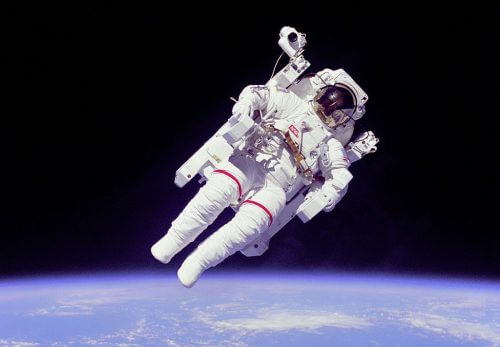
Article: Einat Sagi Alfasa, Young Galileo
When we think of astronauts, the first image that comes to mind is of the impressive space suit, and not necessarily of the person inside it. The space suit is very important in humanity's journey outside the earth.
As we know, humans cannot live in space. Outside the earth there is no pressure and no oxygen supply that allow us to survive. Besides that, in space the temperatures are extreme, and therefore the human body cannot withstand them. Without the space suit, the person (when not inside the spacecraft) will be exposed to vacuum (empty) conditions. Due to the vacuum, the water that makes up the body will boil, and in a very short time the person will die.
The dream of humans to reach space was so strong that there was a need to create a garment that would allow people to exist even in the harsh conditions in space. The challenge in creating the space suit was twofold: on the one hand, there is a need for strong and durable materials and sophisticated devices that will be able to cope with the conditions prevailing in space; On the other hand, the astronaut must be able to move in the suit so that he can explore the environment and even perform complicated repair operations if necessary. Along with these two challenges, the inventors of the space suits had to think of many very small details that would make it easier for the astronaut to carry out his mission.
The first spacesuits
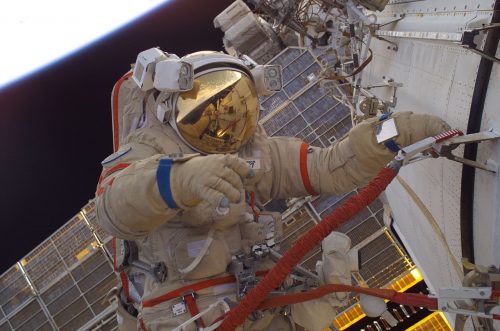
For generations the task seemed impossible. But in the sixties of the last century, the space race was at its height of rivalry between the two superpowers - the United States and the Soviet Union (today's Russia). At the end of the race, both succeeded in fulfilling the mission and sending people into space - after they managed to solve the complex problem and produce customized space suits.
The first person in space was the cosmonaut (Russian astronaut) Yuri Gagarin, who wore an Orlan suit while inside the spacecraft. Unlike the American suits, the Orlan suit is not worn like a normal garment, but is entered through an opening in the back. After the cosmonaut enters the suit, it closes at the back, and on the back is made up of all the oxygen.
At first, the Orlan suit was designed so that the upper body and the helmet could not be moved or rotated, and only the arms could be moved. Later, with the spacewalks - going out of the spacecraft into space itself - the spacesuits had to provide all the needs and protections. The supply of oxygen to the spacesuit and the communication with the cosmonaut in the suit were done through a tube that connected the suit to the spaceship from which they left for the spacewalk. Later, more sophisticated models of the Orlan space suit were designed, which allowed the cosmonaut independence, like those of the American suits.
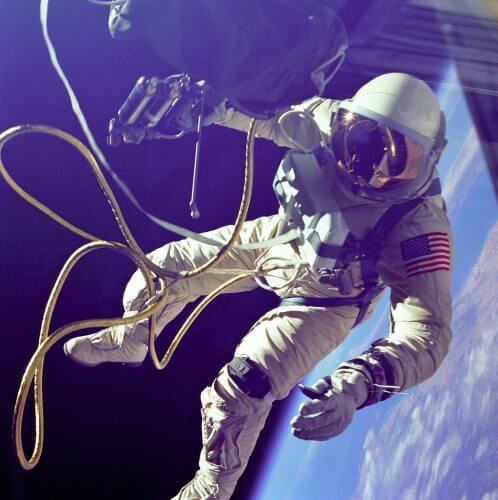
In those years, NASA also held a tender for the production of space suits. Playtex won the tender; She managed to produce smart technology that protected the astronaut well and also allowed him a wide enough range of motion. Movement was made possible with the help of the suit's joints, which were inspired by the biological structure of a worm, and with a unique sewing technique.
Like a personal spaceship
The spacesuit provides full protection to the astronaut and functions as a kind of personal spaceship that provides the astronaut with everything he needs for his stay outside the earth. The suit is made of 13 (!) layers, and weighs about 127 kilograms on Earth. In weightlessness, the astronaut does not feel the heavy weight of the suit.
It takes an astronaut about 45 minutes to put on the suit and install all the accompanying equipment. Think about how long it takes you to get dressed to leave the house, and you will understand how well everything should be planned in the space. Add to that the price of a space suit, which is estimated at about 12 million dollars - an astronomical amount that makes it the most expensive garment in the world.
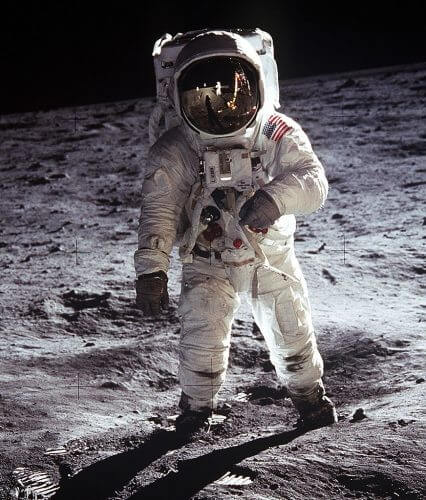
Today, NASA astronauts have two types of space suits: an orange suit that is intended for staying inside the spacecraft, and which is worn mainly during takeoff and landing. The orange color was chosen to make it easy to identify the astronauts in case of an emergency during takeoff or landing. This suit weighs much less than the white space suit, and cannot protect the astronauts outside the spacecraft. However, it regulates the air pressure and provides oxygen for breathing. Inside the orange suit, the astronaut has everything he needs in case of an emergency landing: a helmet with communication relays that will allow the ground crew to locate him when necessary, boots and gloves that will protect him, drinking water that will allow him to survive until the rescue teams arrive, and also a parachute and an inflatable rescue device that will allow him to reach the ground safely .
All this in one suit
The white suit is intended for extravehicular activity, that is, outside the spacecraft - from repairing the space vehicle to collecting samples from the moon for research. What does the white suit include? Here is the full list:
The outer shell of the space suit is very hard and durable, so that it will not be destroyed even if it is hit by tiny meteorites. A small mirror is mounted on the sleeve of the suit; This allows the astronaut to conveniently read the text on the regulation and control unit of the suit, located in the chest area, if necessary.
Underneath the outer mantle, the astronaut wears a suit that contains tubes through which coolant flows, whose role is to regulate the temperature and protect the astronaut from the heat of the sun.
Besides that, to prevent the astronaut from sweating during the activity outside the spacecraft, the suit contains a ventilation system. Above these layers, the space suit has two pressure layers, and all four are wrapped in eight layers of insulation to preserve the heat.
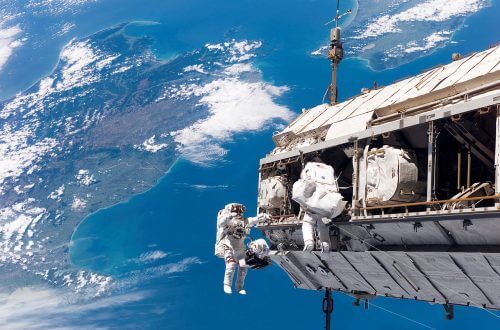
On his back the astronaut carries a backpack containing an oxygen cylinder that allows him to breathe. The backpack also has cameras; These allow the other astronauts and the ground crew to monitor his activities. The backpack also has carbon dioxide filters.
The backpack also has batteries, a fan, a heart rate alarm system, a system for monitoring the astronaut's sweat level and a personal maneuvering (movement) unit, which allows the astronaut to move at a speed of three meters per second.
A space helmet is attached to the suit, and it has a communication system that includes headphones and a microphone and allows the astronaut to communicate with the crew on the ground and in the spacecraft. If there are two astronauts outside, they communicate with each other via radio transmission. Even if they are really close to each other and scream, they won't hear anything - because there is no air in space to transmit their sound waves. The only way they will be able to hear each other directly is if they put their helmets together. The air inside the helmets will vibrate and will be able to transmit the sound waves. This method is intended in case of a malfunction in the communication system while outside the spaceship.
To protect the astronaut from being blinded by the sun's radiation, a special blinder is installed on the helmet above the eyes. Since on the moon the transition from hours of light to complete darkness is fast, flashlights are also installed on the helmet that will allow it to work even in the dark.
Near the mouth the astronaut has a straw; This is connected to the water device in the backpack, so that he can drink without effort.
What happens if the astronaut needs to go to the bathroom? It's really not that simple, what's more, there aren't really toilets on the moon... The solution: inside the suit, the astronaut has a kind of large diaper that can absorb his needs until he reaches the space vehicle, where the diaper is collected and emptied.
The article was published in Young Galileo - the monthly for curious children. For a gift digital sheet Click

2 תגובות
interesting interesting
Wow